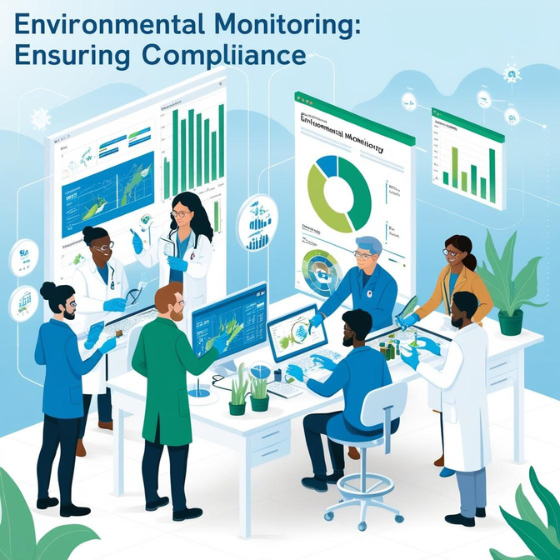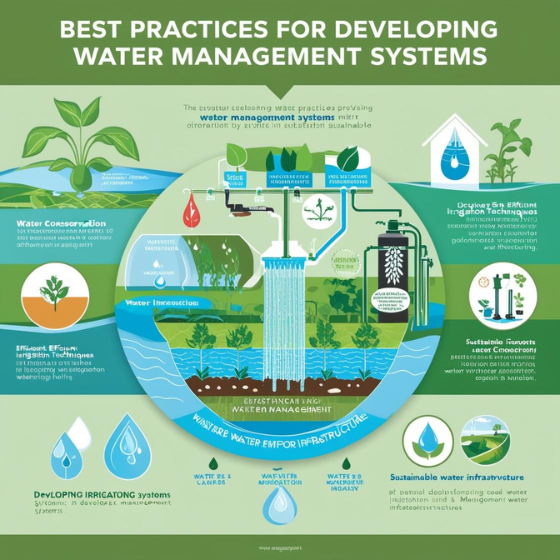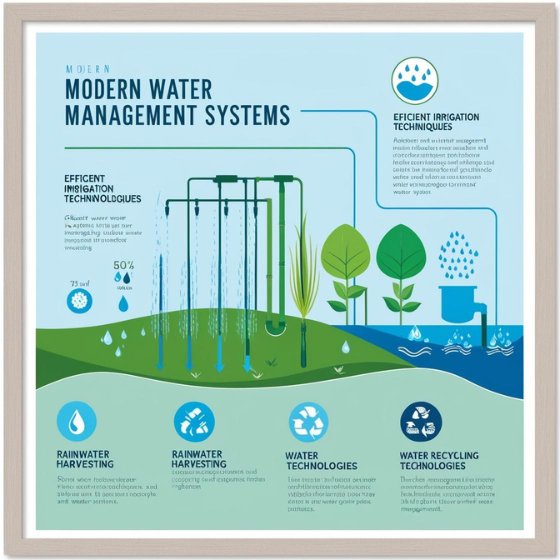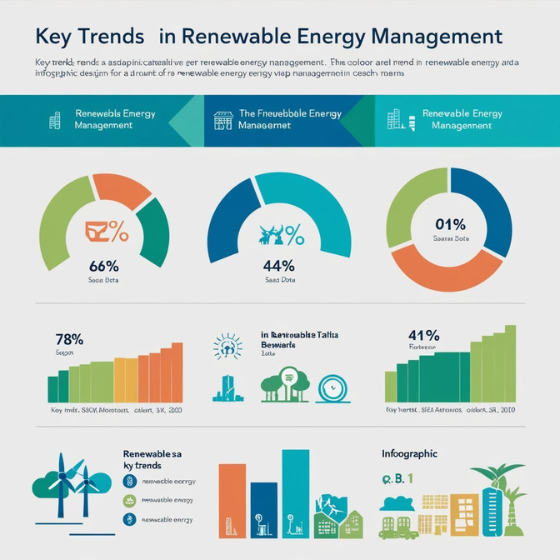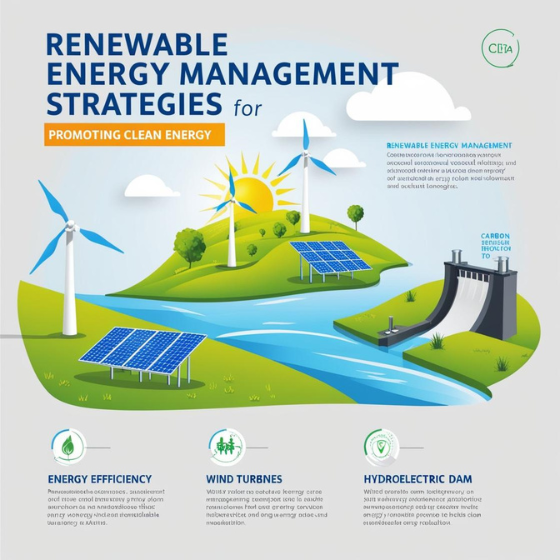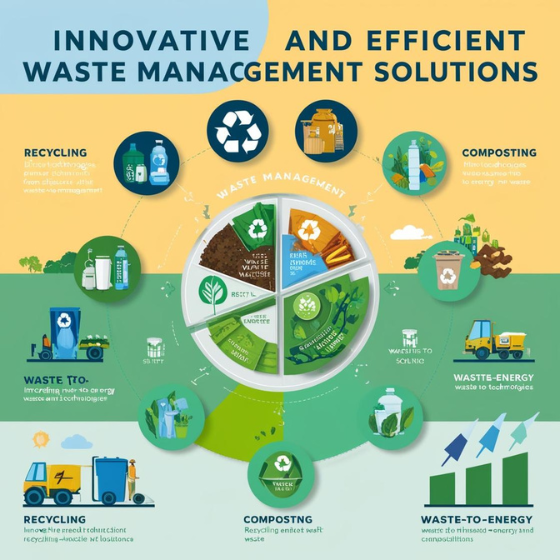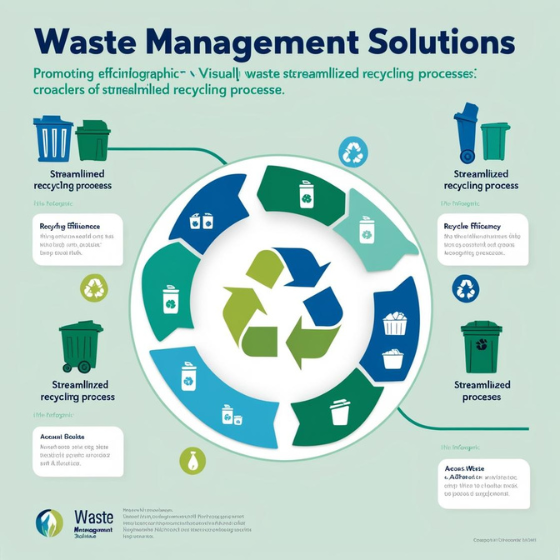Environmental Monitoring: Ensuring Compliance
In today’s regulatory landscape, environmental monitoring has become a cornerstone for businesses aiming to meet compliance standards and demonstrate their commitment to sustainability. With increasing scrutiny from governments, stakeholders, and communities, effective environmental monitoring ensures that companies track their impact on the environment and align with required regulations.
This blog explores the importance of environmental monitoring, key compliance areas, and how innovative technologies are transforming the way businesses manage their environmental responsibilities.
Why Environmental Monitoring Matters
1. Regulatory Compliance
Governments worldwide enforce strict environmental laws, including emissions limits, waste management protocols, and water quality standards. Businesses must monitor and report their environmental performance to avoid hefty fines and reputational damage.
Example: A manufacturing plant may need to track air emissions to comply with Clean Air Act regulations in the U.S. or similar standards worldwide.
2. Risk Mitigation
By continuously monitoring environmental factors, companies can identify potential risks early, such as pollution or resource depletion, and take corrective action before issues escalate.
Real-World Scenario: An oil refinery can detect early signs of water contamination through advanced monitoring systems, preventing significant ecological and financial harm.
3. Stakeholder Trust
Transparency in environmental performance builds trust with investors, customers, and communities. Monitoring data can serve as proof of a company’s sustainability efforts, which can improve stakeholder relations and enhance brand reputation.
Key Areas of Environmental Monitoring
1. Air Quality Monitoring
Air pollution is a critical environmental issue, and businesses must monitor their emissions, including greenhouse gases and particulate matter.
- Tools: Air sensors and IoT-based monitoring devices.
- Compliance Standards: EPA regulations, European Commission’s Air Quality Directives.
2. Water Quality Monitoring
Industries such as agriculture, manufacturing, and mining have significant water footprints. Monitoring ensures that wastewater meets quality standards before being released into ecosystems.
- Metrics to Track: pH levels, dissolved oxygen, and contaminant levels.
- Example: A food processing unit can use sensors to monitor its wastewater discharge and meet legal limits on contaminants.
3. Waste Management
Proper tracking and reporting of waste—both hazardous and non-hazardous—are critical for compliance.
- Solutions: RFID tags for tracking waste and AI-powered waste optimization tools.
- Benefit: Reduces fines for improper disposal and supports circular economy initiatives.
4. Energy Consumption Monitoring
Measuring energy use helps businesses improve efficiency and reduce their carbon footprint, which is critical for compliance with climate action regulations.
Pro Tip: Leverage smart meters to track energy consumption and identify areas for efficiency improvement.
How Technology is Revolutionizing Environmental Monitoring
1. IoT-Powered Monitoring Devices
The Internet of Things (IoT) enables real-time monitoring of environmental factors like air quality, water levels, and emissions. These devices collect and transmit data for immediate analysis, allowing for faster responses to potential compliance issues.
2. AI and Predictive Analytics
Artificial intelligence identifies patterns in environmental data, predicting risks before they become violations. Predictive analytics also helps businesses optimize resource use, reducing costs and environmental impact.
Example: AI-powered systems can forecast air pollution spikes based on weather data and industrial activity, helping factories adjust operations proactively.
3. Blockchain for Transparent Reporting
Blockchain technology ensures data integrity and transparency in environmental reporting. It creates tamper-proof records, providing regulators and stakeholders with verifiable compliance data.
4. Cloud-Based Compliance Platforms
Cloud platforms centralize environmental data, offering customizable dashboards and compliance tracking in one place. These platforms simplify reporting and help businesses meet multi-jurisdictional regulations.
Benefits of Effective Environmental Monitoring
- Avoid Regulatory Penalties: Stay compliant with local and international standards.
- Enhance Operational Efficiency: Optimize resource use through real-time insights.
- Strengthen Sustainability Goals: Showcase commitment to environmental responsibility.
- Improve Decision-Making: Data-driven insights lead to smarter strategies.
Conclusion
Environmental monitoring is no longer optional for businesses—it’s essential for ensuring compliance, managing risks, and demonstrating sustainability leadership. With the right tools and technologies, companies can monitor their environmental impact effectively and stay ahead of regulatory requirements.
At Sodio, we specialize in developing advanced environmental monitoring solutions tailored to your business needs.
Contact Sodio today to learn how our solutions can help you achieve compliance while driving sustainability.
